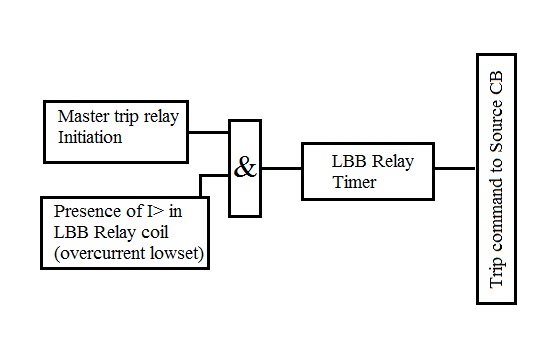ISOLATORS
What do we do if a circuit breaker or any other power flow controlling device gets faulty and we want to gain control over a device(say a bus or line or transformer,etc) ,Yes there have to be some sort of back up for it ,a master manual switch, which could be used for isolation of one network part from another, called Isolator. It enhances the safety of the maintaining part in the power system by complete de-energizing it. Well ,lets lean on it.
Just visualize a switch having capability of circuit disruption, handling of load current, mechanical properties needed for its operation and more importantly as we are dealing with high voltage there has to be a provision for its separation from metal parts in which it is fixed about, for this usually the solution is solid porcelain core type insulators,having high mechanical strength and dielectric strength.
Operation
The main Isolator and earth switches shall be individual pole electrically ganged motor operated for 400 kV and mechanically gang operated in case of 220/132/33 kV. The operating mechanism of the three poles shall be well synchronized and interlocked.
The Isolator blades shall be in positive continuous control throughout the entire cycles of operation. The operating rods and pipes shall be rigid enough to maintain positive control under most adverse conditions and to withstand all torsional and bending stresses arising from operation. Operation of the switches at any speed should not result in improper functioning, in displacement of parts / machines after final adjustment has been made. All holes in cranks, linkages etc. having moving pins shall be drilled and fitted accurately so as to prevent slackness and lost motion
Another feature is the dead center mechanism to prevent the accidental closing/opening by vibration,wind and other factors.
Based on the cicuit disruption there are mostly two types of isolators which are,
Here the voltage across isolator terminals splits into two to reduce the amount of discharge during operation
Let me remind you something that an isolator switch is usually not intended for normal control of the circuit, but only for safety isolation and can be operated either manually or automatically, and by for assuring safety it preferably operated by manual mode.
The Isolator blades shall be in positive continuous control throughout the entire cycles of operation. The operating rods and pipes shall be rigid enough to maintain positive control under most adverse conditions and to withstand all torsional and bending stresses arising from operation. Operation of the switches at any speed should not result in improper functioning, in displacement of parts / machines after final adjustment has been made. All holes in cranks, linkages etc. having moving pins shall be drilled and fitted accurately so as to prevent slackness and lost motion
Another feature is the dead center mechanism to prevent the accidental closing/opening by vibration,wind and other factors.
Based on the cicuit disruption there are mostly two types of isolators which are,
- Single Break Isolators ; used for the applications up to 11 kV. By single break the operation does not allow much spark up to 11 kV applications
- Double Break Isolators ; used for the high voltage levels (usually greater than 11 kV )
- Pantograph type Isolators ; used for the high voltage levels (usually greater than 123 kV )
Here the voltage across isolator terminals splits into two to reduce the amount of discharge during operation
Single Break Isolator
Double Break Isolator
Pantograph type Isolators
Let me remind you something that an isolator switch is usually not intended for normal control of the circuit, but only for safety isolation and can be operated either manually or automatically, and by for assuring safety it preferably operated by manual mode.







Comments
Post a Comment